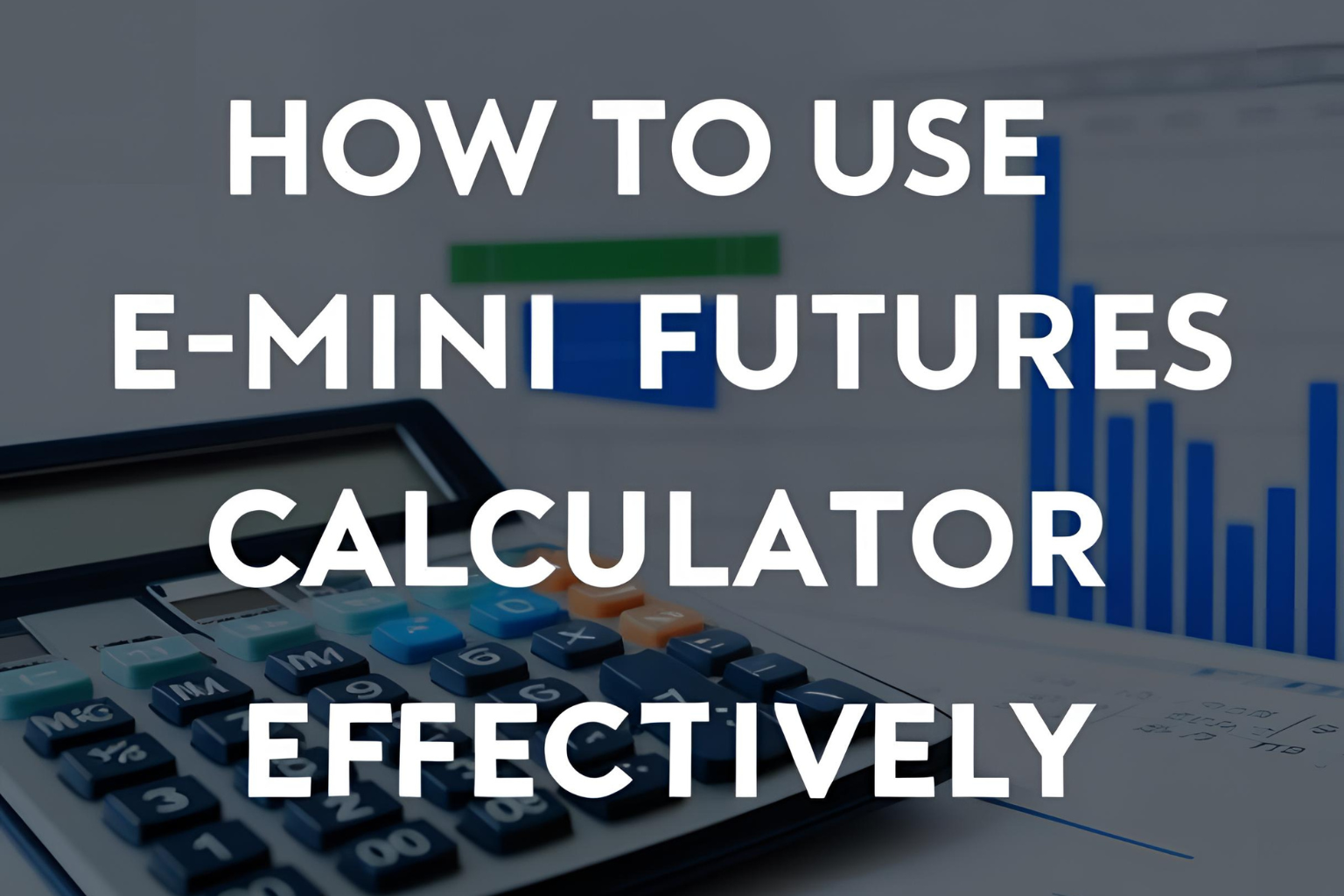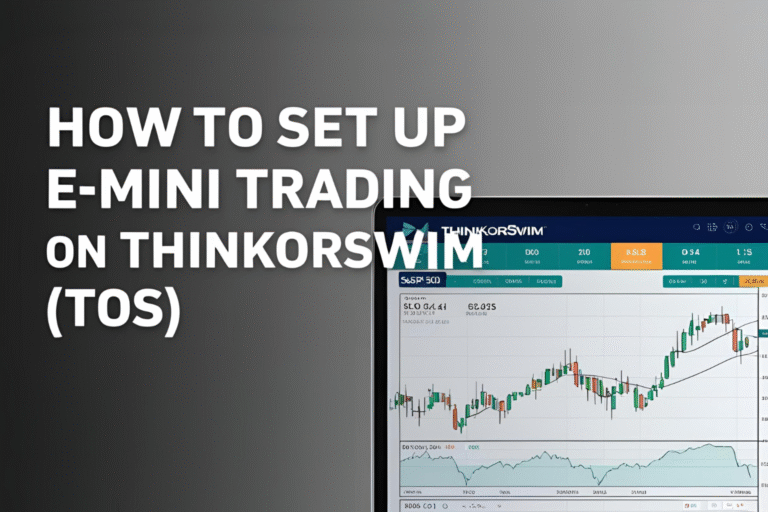How to Use the E-mini Futures Calculator Effectively
Trading E-mini futures successfully requires more than just chart analysis—it also depends on your ability to calculate potential profits, tick values, and margin requirements. That’s where an E-mini futures calculator becomes an essential tool.
This guide walks you through how to use an E-mini calculator for different purposes, especially if you are a beginner trader from India trading under LRS guidelines.
What Is an E-mini Futures Calculator?
An E-mini futures calculator is a tool that helps traders quickly determine:
- Tick value and point value
- Contract size
- Margin required
- Profit/loss per trade
- Risk-to-reward ratios
It helps you make informed decisions before entering a trade and prevents guesswork during live market conditions.
What Can You Calculate?
Using the calculator, you can determine:
- Contract Value: Index level × contract multiplier
- Tick Value: Minimum price move × dollar value
- Profit or Loss: Number of points × contract size
- Required Margin: Exchange or broker-specified margin amount
- Position Size: Based on account balance and risk per trade
- Risk-Reward Ratios: Target vs stop-loss in terms of points or dollars
Key Inputs You’ll Need
To get accurate outputs, you must know:
- Current index price (e.g., ES = 4500)
- Contract type (E-mini or Micro E-mini)
- Tick size (usually 0.25 for ES)
- Tick value (usually $12.50 for ES, $1.25 for MES)
- Trade size (number of contracts)
- Stop-loss and target points
How to Use the Calculator (Example Breakdown)
Example 1: Profit/Loss Calculation
Assume:
- You trade 1 E-mini S&P 500 (ES) contract
- Entry at 4500, exit at 4510
- 10-point move
- Multiplier: $50 per point
Profit = 10 × $50 = $500
If using Micro E-mini (MES):
Profit = 10 × $5 = $50
Example 2: Tick Value
For ES:
- Tick size = 0.25
- Tick value = 0.25 × $50 = $12.50
For MES:
- Tick value = 0.25 × $5 = $1.25
Use this to define stop-loss and expected slippage per trade.
Example 3: Margin Required
Suppose your broker requires:
- Initial margin: $12,000 (ES)
- $1,200 (MES)
Trading 1 ES contract needs a higher account size, while MES lets you start with smaller capital.
Example 4: Position Sizing
Let’s say:
- Your capital: $5,000
- Risk per trade: 2% = $100
- Stop-loss = 4 points
- Each point = $5 (Micro E-mini)
Contracts to trade = $100 ÷ (4 × $5) = 5 contracts (Micro)
Where to Find These Calculators
You can use:
- CME Group’s Contract Specifications
- Online tools like:
- Broker tools (Interactive Brokers and NinjaTrader have built-in calculators)
Some platforms like TradingView or TWS also let you script position size calculators directly into charts.
Why Indian Traders Should Use This
- Helps plan trades based on USD-INR converted capital
- Ensures you don’t violate margin requirements under LRS
- Supports micro-management of trades with MES
- Lets you experiment risk-free in paper trading mode before funding a live account
Best Practices
- Always calculate your stop-loss in dollars, not just points
- Use live market data to input index prices
- Cross-verify your broker’s margin and tick data
- Recalculate daily during volatile sessions
- Record your calculations in your trading journal
Final Thoughts
An E-mini futures calculator simplifies your decision-making by offering precise trade metrics. Whether you’re figuring out your potential reward, capital allocation, or contract size, it keeps your trading process structured and professional.
Indian traders using global brokers under LRS should especially use it to avoid oversizing or underestimating risks—particularly when working with USD-based accounts.
FAQs
Q1. Do brokers provide their own futures calculators?
Yes. Platforms like Interactive Brokers, NinjaTrader, and TradeStation include built-in margin and tick calculators.
Q2. Are E-mini calculators accurate for Micro contracts too?
Yes. Just change the multiplier to $5 per point instead of $50.
Q3. Should I use INR values in these calculators?
It’s best to use USD, but you can convert your INR capital to USD before calculating.
Q4. Are these calculators available offline?
Some brokers and platforms like Excel offer downloadable versions, but most are used online.
Q5. Can I use one calculator for all U.S. futures contracts?
Many calculators allow contract selection—so yes, you can use one tool for ES, NQ, YM, and more.






